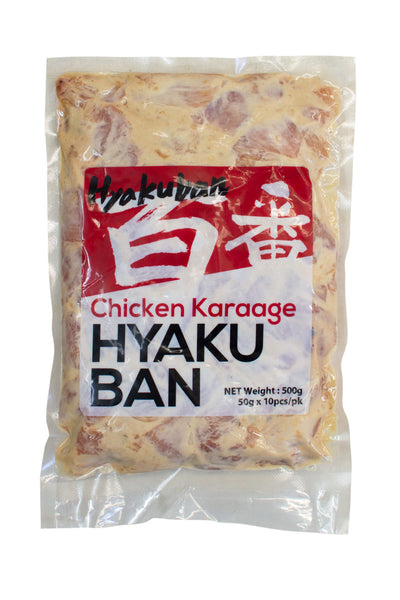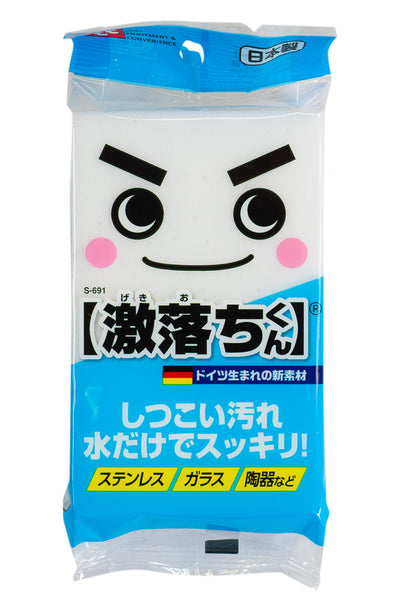Delicious Ways to Eat Fresh Udon
Delicious Ways to Eat Fresh Udon
The fresh udon from Hinode Seimenjo represents the pinnacle of noodle craftsmanship, offering a superior taste and texture that stands out in the world of Japanese cuisine. These fresh noodles are carefully made using time-honored methods, ensuring a perfect balance between chewiness and smoothness. The fresh udon’s subtle flavour profile makes it incredibly versatile, whether incorporated into a hearty, savory broth, chilled and paired with a delicate dipping sauce, or stir-fried with an array of vegetables and proteins. Hinode Seisakusho’s dedication to using the finest ingredients and maintaining traditional practices guarantees that each serving of their fresh udon delivers an authentic and satisfying culinary experience, bringing the essence of Japan to your table.
How to make
Prepare a large pot with 2 liters of water and bring it to a boil (more hot water is better for boiling). Gently add the udon noodles by swirling them into the pot, being careful not to over-stir. Boil the noodles according to the desired preparation time:
-
Kamaage Udon: 14 minutes
-
Kake Udon: 16 minutes
-
Zaru Udon: 18 minutes
Bukkake Udon
Kake (Kamakake)
Transfer the freshly boiled udon directly to a bowl and pour kake dashi (broth) over it.
Kamaage Udon
You can transfer the freshly boiled udon along with its cooking water to a bowl, or eat it directly from the pot (kama) by dipping it in a strong dipping sauce for the original kamaage experience. Traditional Toppings: Green onions, ginger, sesame seeds.
Bukkake Udon
Transfer the freshly boiled udon to a bowl and pour a strong dipping sauce over it until it soaks. Traditional Toppings: Green onions, ginger, sesame seeds, tempura bits.
Shoyu Udon
As the name suggests, keep it as simple as possible with just green onions and ginger, and enjoy it with your favorite soy sauce. Traditional Toppings: Green onions, ginger, tempura bits, sesame seeds, grated daikon.
Kamatama Udon
To prepare, first place a raw egg in the bowl, then add the freshly boiled udon directly from the pot. This will create a half-cooked egg. Traditionally enjoyed with green onions and ginger, and seasoned with soy sauce or a strong dashi broth. Traditional Toppings: Green onions, ginger, tempura bits.
Noodles that have been chilled once are delicious when reheated in a pot.
"Cold Udon"
Zaru, Bukkake, Shoyu
It is recommended to enjoy freshly boiled and quickly chilled udon as simply as possible.
Kake (Hiyakake)
Cold udon served in a cold kake dashi. Recommended Toppings: Green onions, ginger, shichimi (seven-spice), sudachi (citrus).
Zaru
Serve the udon on a bamboo mat and dip it in a strong dipping sauce.
Shoyu Udon
It was once common to eat this with just soy sauce, but now it's often enjoyed with green onions and ginger for a simple, flavorful experience. The maker's desire is for customers to enjoy their meal.
Bukkake Udon
Transfer the freshly boiled udon to a bowl and pour a strong dipping sauce over it until it soaks. Traditional Toppings: Green onions, ginger, sesame seeds, tempura bits.
Shoyu Udon
For a long time, it was enjoyed with just soy sauce, but now it's often paired with green onions and ginger, and sometimes a dashi soy sauce, for a simple yet flavorful meal.
"Warm Udon" Story
Hinode Seimen offers four types of udon:
- Hot
- Cold
- Warm
- Kamatama
After choosing the type of noodles, customers can select from four types of dashi:
- Hot kake dashi
- Cold kake dashi
- Bukkake dashi
- Shoyu
Regular customers often order "warm" udon. This is characterized by half-cooling the freshly boiled udon to tighten the surface while keeping the center warm and chewy. Bukkake or shoyu is recommended for warm noodles, but you can enjoy it with any dashi of your choice.
To my knowledge, Hinode Seimen is the only place that serves "warm udon."
When I was a child, "warm udon" was freshly made. At that time, ice machines were rare, and cooling the noodles completely was difficult. We would let the noodles cool to room temperature naturally.
Back then, cold udon was typically served by dipping it in ice water, but this diluted the dashi. Over the past 50 years, advancements in equipment have made it easy to chill the noodles completely, allowing for the creation of cold zaru and bukkake udon.
Even in winter, customers who prefer cold udon often order "warm" udon. Conversely, those who like hot udon often enjoy "warm" udon during the hot summer months. "Warm udon" is closest to body temperature, making it the best way to taste the flavor of the wheat.
It's a joy to see our most regular customers, who visit more than 200 times a year, enjoying udon in various ways throughout the year, as they would with bread or rice.




























コメントを残す